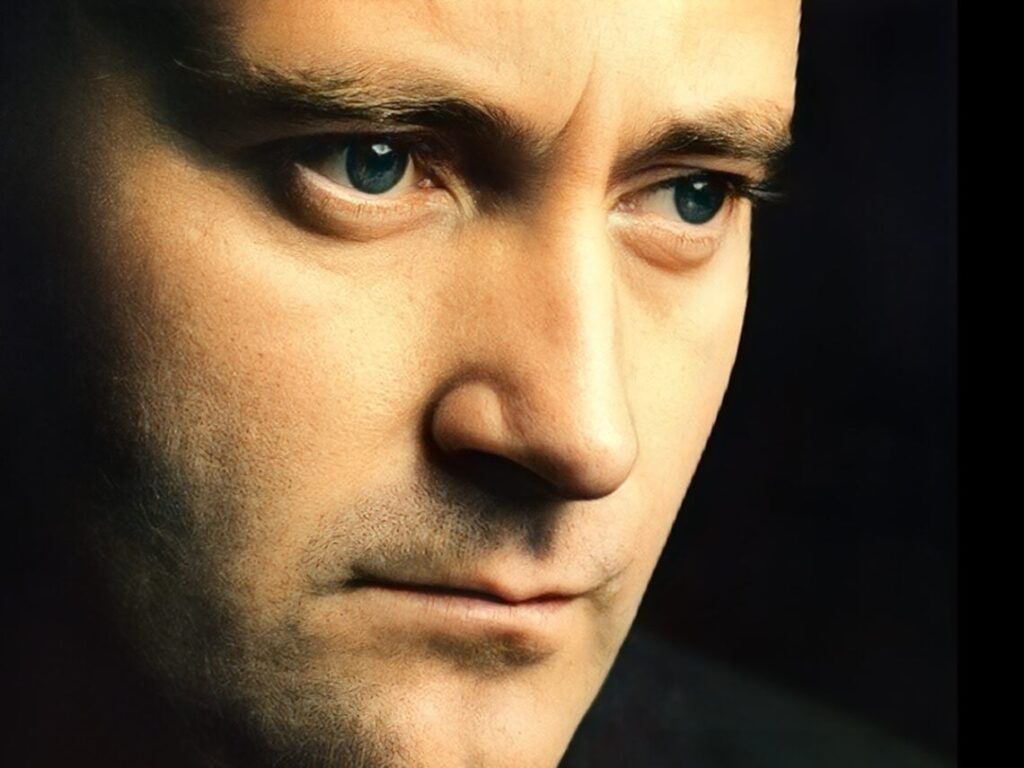What was the first album to sell one million copies in a year?
 Posted On
Posted On
(Credits: Far Out / NASA / Uwe Conrad)
The vinyl revival of the last decade has reminded people about the irreplaceable, tangible connection to music that can only occur with physical copies. Although streaming is incredibly convenient and allows music lovers to listen to their favourite albums on the go, it doesn’t replicate the thrill of spending hard-earned cash to purchase a 12″ record from their favourite store.
For some years, the age-old tradition of buying physical records was declining year-on-year and would never recover. Yet, it is now in a healthier position than it was for some decades, and in 2024 alone, Taylor Swift sold 2.2 million copies of The Tortured Poets Department on wax to fans globally. Admittedly, it still trails behind Michael Jackson’s Thriller, which has sold 66 million copies to date, but it’s a seismic achievement in the digital landscape.
As much as Jackson is responsible for the highest-selling album of all time on vinyl, trailblazers came before him that made his achievements possible. Regardless of the era, selling one million copies of an album is an incredible accomplishment, and Harry Belafonte was the first to make chart history in this regard. Belafonte’s feat came in 1956, a decade before copies of Pet Sounds or Sgt Pepper’s Lonely Hearts Club Band rested on the shelves of houses across the land. At this time, the album format remained a reasonably new concept, and it had yet to morph into what it is today, thanks to the work of musical giants.
Belafonte, born in New York and raised in Jamaica, served in the Navy during World War II and fell in love with the art of performing upon returning. He became friends with Sidney Poitier and shared a promise to conquer their respective crafts before becoming icons in their chosen fields.
In 1949, Belafonte launched his career as a pop singer and regularly began performing at jazz clubs. However, he was no overnight success story, and his first single took four years to land. His debut album, Mark Twain and Other Folk Favorites, arrived the following year.
The most critical year in Belafonte’s career was 1956, a time when he scored his first number-one album in the United States with Belafonte. A few months later, he released Calypso, which also went to number one and built upon the success of his previous release. It was nestled at the top of the charts for 31 weeks and sold over a million copies, soundtracking lives across the US. The vast sales were largely down to the success of ‘Day-O (The Banana Boat Song)’, which made Belafonte a star and continues to define his legacy today.
“I did it as part of what would become a larger display of the music of various cultures around the world,” he explained about the album to CBS. “I had had a deep interest in Africa and a deep interest in Latin America, but I got only to ‘Calypso’ and then the world stopped. I woke up one day and everyone was singing ‘Day-O.’”
Belafonte added: “Most of my family in the Caribbean, in Jamaica, were plant workers and harvesting bananas and sugarcane and all the crops. That was our mainstay and as a kid everybody sang the ‘Banana Boat.’ Singing was a big part of the culture. It helped with the tediousness of working in the sun all day long.”
Fame shocked Belafonte’s system, who wasn’t ready to be thrust into the limelight. As much as he adored the craft of making a record and performing live, he didn’t intend to become the first artist to sell a million copies of an album and consider the unwanted consequences of his success. He admitted: “I wasn’t quite prepared for its impact and I sang the song of the laborer coming out of Jamaica. I wrote a couple songs myself. The first thought was not so much the intensity of the success of the material but I understood the power of it. It’s a lot of people listening, but when I saw the power of it, the big question of it for me was, ‘What do you do with this platform?’”
While Calypso isn’t a classic record in the same way as Wish You Were Here or Highway 61 Revisited, it helped cement the cultural status of albums as a form of entertainment. Belafonte’s timing was the most critical factor in his success, and his popularity coincided with the rise in album sales, which made his achievement possible. If Calypso was released five years before, this landmark record would likely belong to somebody else, but the history books show Belafonte’s name.
Related Topics


